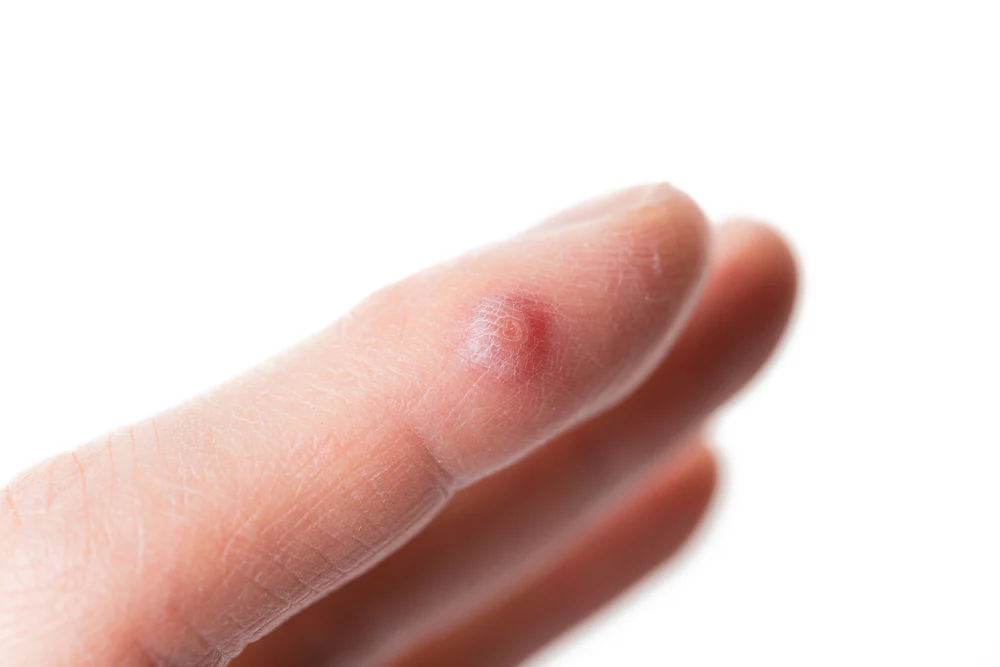Introduction:
Warts are generally harmless and easily treatable, but in rare cases, they can be a sign of a more serious condition such as skin cancer. It is important to know how to identify potentially cancerous warts and what to do if you suspect you have one. In this blog post, we will discuss how to recognise cancerous warts and what steps you should take if you have one.
Look for Changes:
Warts that change in size, colour, shape, or texture may be a sign of skin cancer. Pay attention to any new or existing warts that look different or have grown larger.
Pay Attention to Pain:
Warts are typically painless, but if a wart becomes painful or tender, it could be a sign of cancer. This is especially true if the pain persists or increases over time.
Check for Bleeding:
If a wart bleeds without any trauma or injury, it could be a sign of cancer. Pay attention to any warts that bleed or ooze fluid.
See a Dermatologist:
If you have any concerns about a wart or if you notice any of the above changes, it is important to see a dermatologist for an evaluation. A dermatologist can perform a biopsy to determine if the wart is cancerous.
Follow Up with Treatment:
If the wart is cancerous, early detection and treatment are key to a successful outcome. Your dermatologist will recommend the appropriate treatment, which may include surgical removal, cryotherapy, or other options.
Conclusion:
While most warts are harmless, it is important to know how to identify potentially cancerous warts and seek medical attention if necessary. By paying attention to changes in your warts and seeing a dermatologist for evaluation, you can catch and treat any potential skin cancer early. At Revitalise London Dermatology Clinic, our team of experts can provide personalised care and treatment options for all types of warts, including those that may be cancerous.

